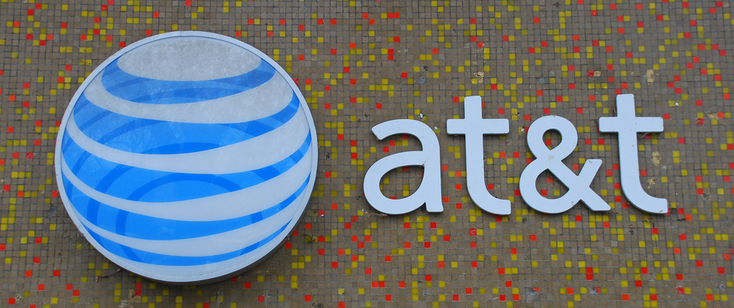AT&T Finally Tries To Get Content Providers To Pick Up Tab For Customers’ Data
For years, AT&T execs have talked about the idea of shifting some of the cost of wireless data use to developers and content providers whose sites and services eat up large chunks of bandwidth. Today, the Death Star finally announced that it will be putting some of that data burden on these content providers with something called “Sponsored Data.”
AT&T unveiled Sponsored Data at CES in Las Vegas. As it’s done in the past when discussing the possibility, the company likened Sponsored Data to 1-800 numbers or free shipping, wherein the business is willing to pick up a cost that would normally have been paid by the consumer.
According to the company, when a 4G subscriber (not a prepaid user) gets data from a company that is involved in the Sponsored Data program, that data is paid for by the business and would not be charged against the user’s monthly allotment.
So, in theory, if you have a 2 GB/month plan and you were to stream 250 MB of data from a Sponsored Data partner, those megabytes would not be subtracted from the 2 GB.
Users will know if the site or app they are using is part of the Sponsored Data program by an icon that appears on their phone.
“Customers just look for the Sponsored Data icon and they know the data related to that particular application or video is provided as a part of their monthly service,” said Ralph de la Vega, president and CEO, AT&T Mobility.
The first group of companies to be announced as partners in the Sponsored Data program are United Health Group, Kony (not to be confused with Sony or Joseph Kony) and Aquto.
AT&T is trying to preemptively quell net neutrality concerns by saying that Sponsored Data partners will not be treated any differently in terms of the speed or quality of data delivery.
However, one big concern about programs like this is that smaller businesses and start-ups may not be able to compete with companies that can afford to pay for customers’ data use.
Say, for example, that Amazon took part in this program (though I stress there is no indication of this happening; this is just a theoretical example) and paid for a portion of users’ streaming data. It has the money and resources to make that happen, whereas a smaller company may not. So when choosing between streaming video companies, a user may be tempted to go for the company that won’t ding his data allotment.
Of course, it remains to be seen whether true data hogs like Netflix or Amazon would even open the door to programs like this, so until there are more than a few Sponsored Data partners, it’s hard to say what impact it will have on the market.
Want more consumer news? Visit our parent organization, Consumer Reports, for the latest on scams, recalls, and other consumer issues.


